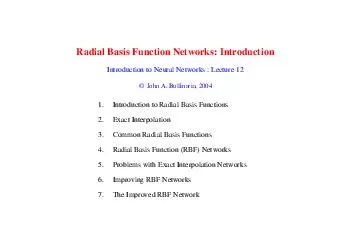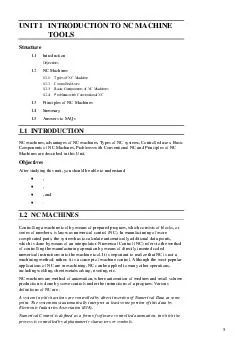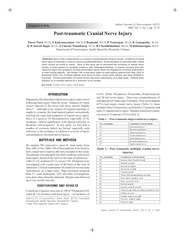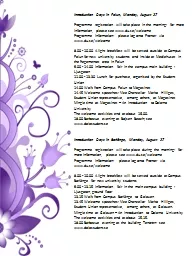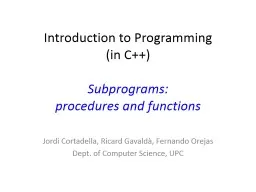PDF-Introduction
Author : ceila | Published Date : 2022-08-16
BENT 2019 15 6569 Hyperbaric oxygen therapy has been advocated for treating tinnitus and idiopathic sudden sensorineural hearing loss because it may improve the
Presentation Embed Code
Download Presentation
Download Presentation The PPT/PDF document "Introduction" is the property of its rightful owner. Permission is granted to download and print the materials on this website for personal, non-commercial use only, and to display it on your personal computer provided you do not modify the materials and that you retain all copyright notices contained in the materials. By downloading content from our website, you accept the terms of this agreement.
Introduction: Transcript
Download Rules Of Document
"Introduction"The content belongs to its owner. You may download and print it for personal use, without modification, and keep all copyright notices. By downloading, you agree to these terms.
Related Documents


